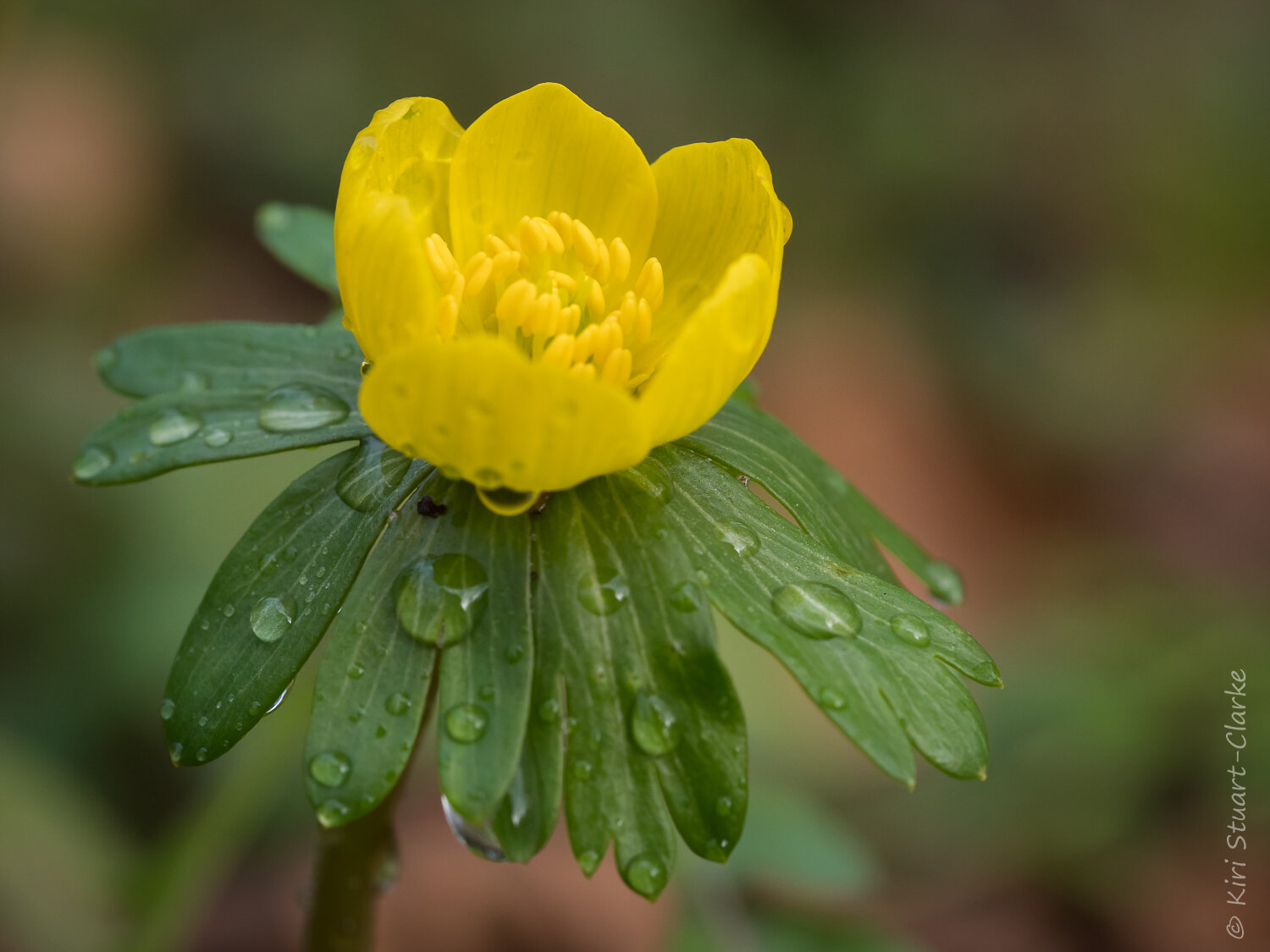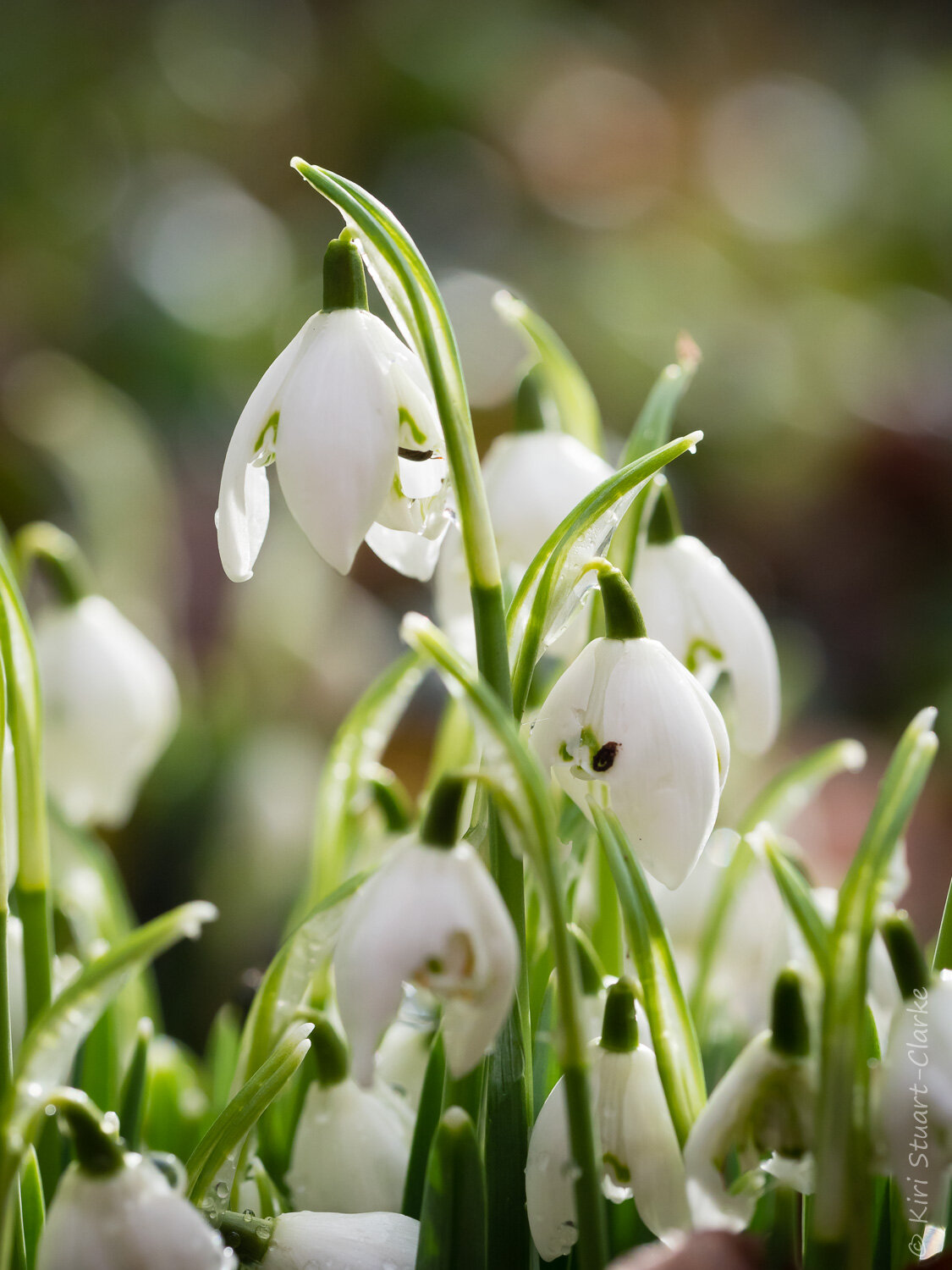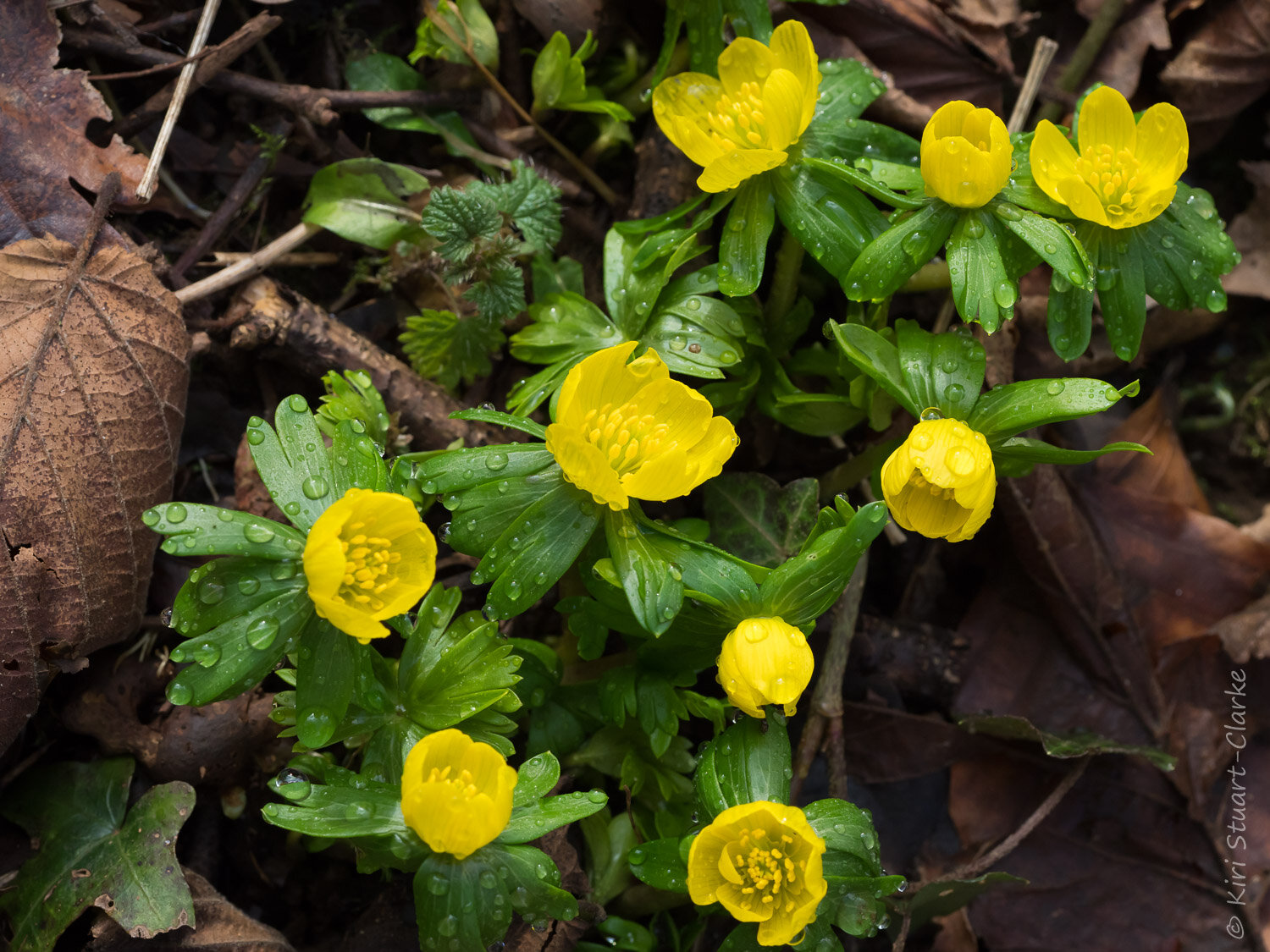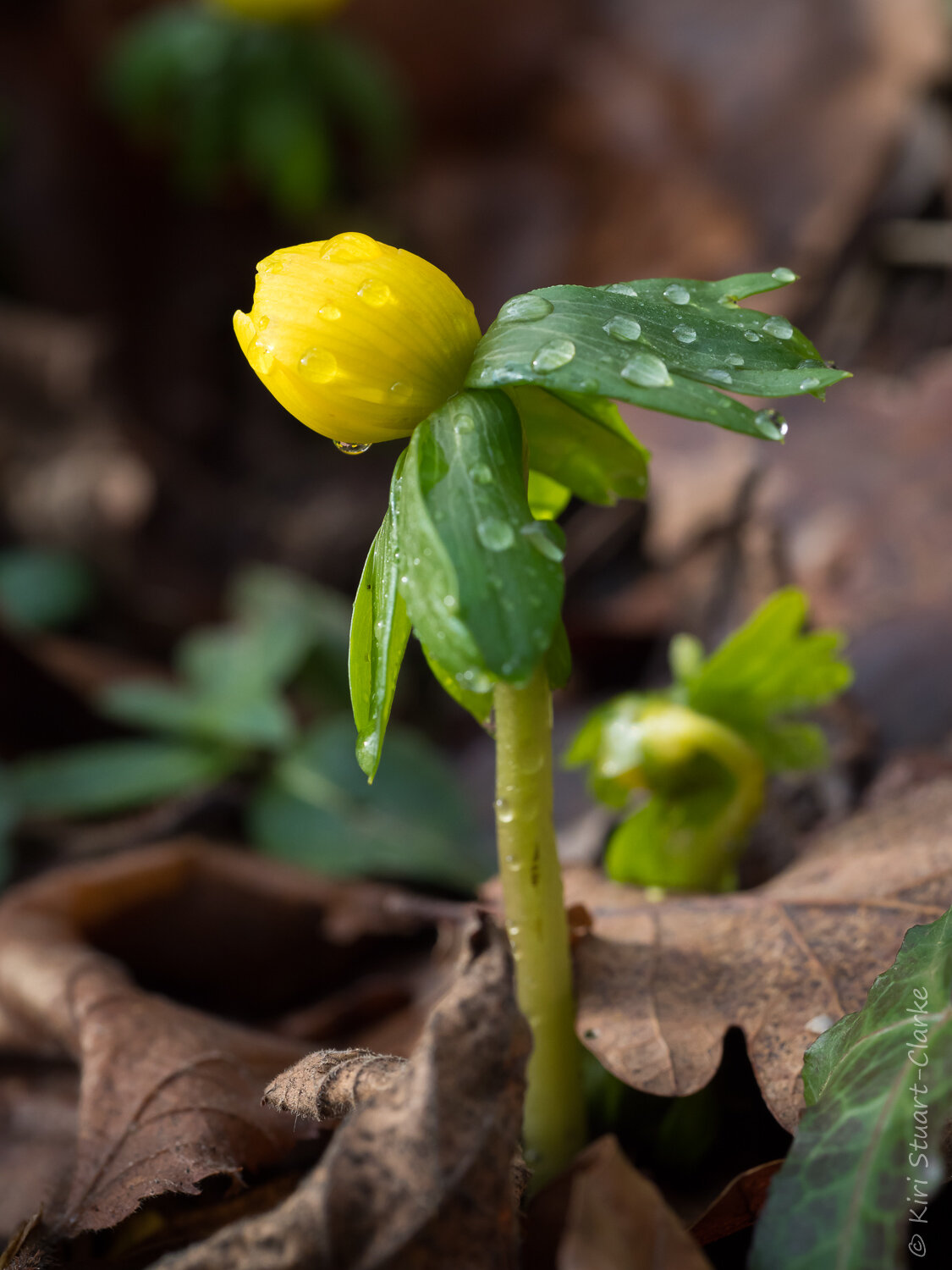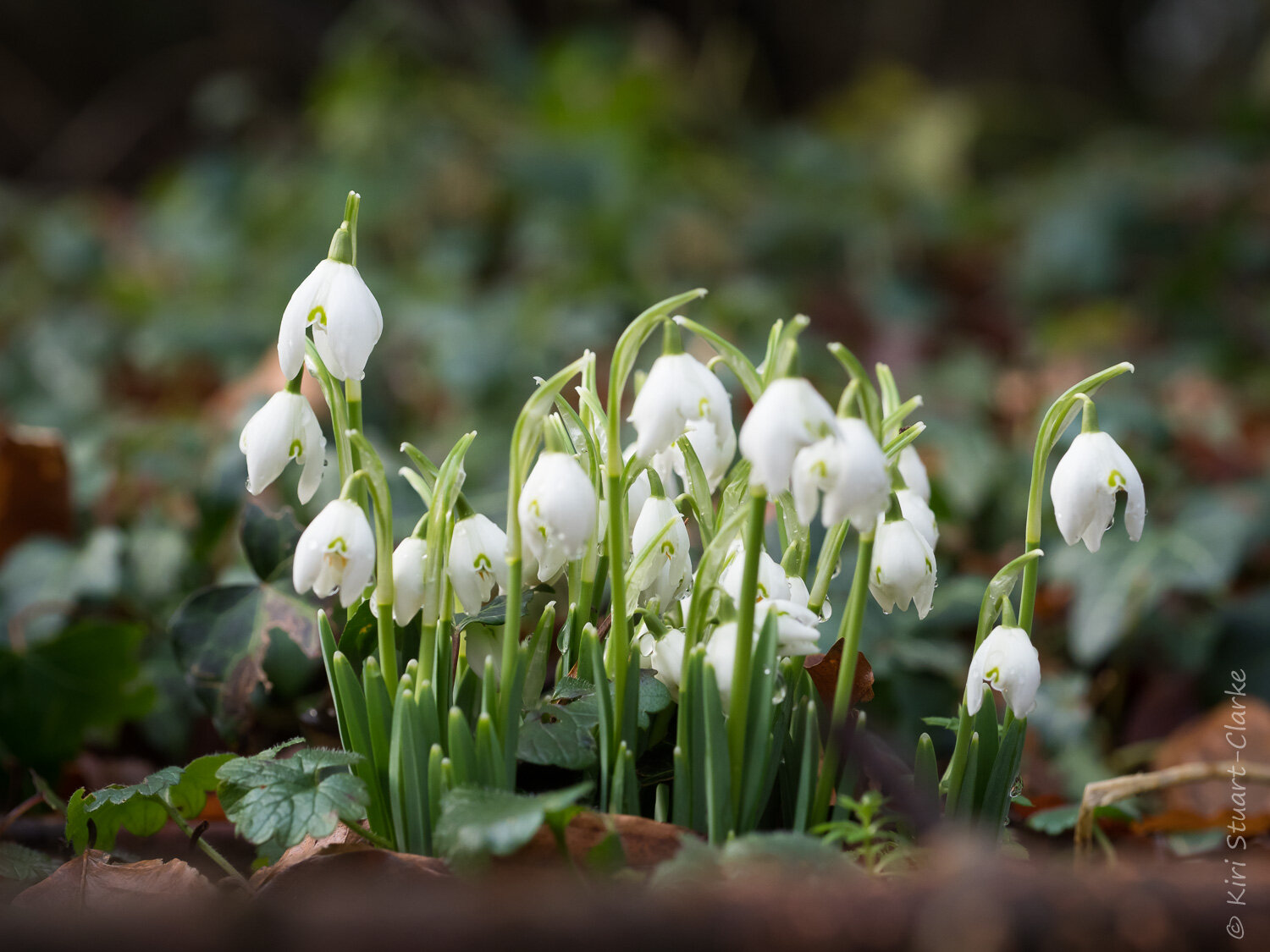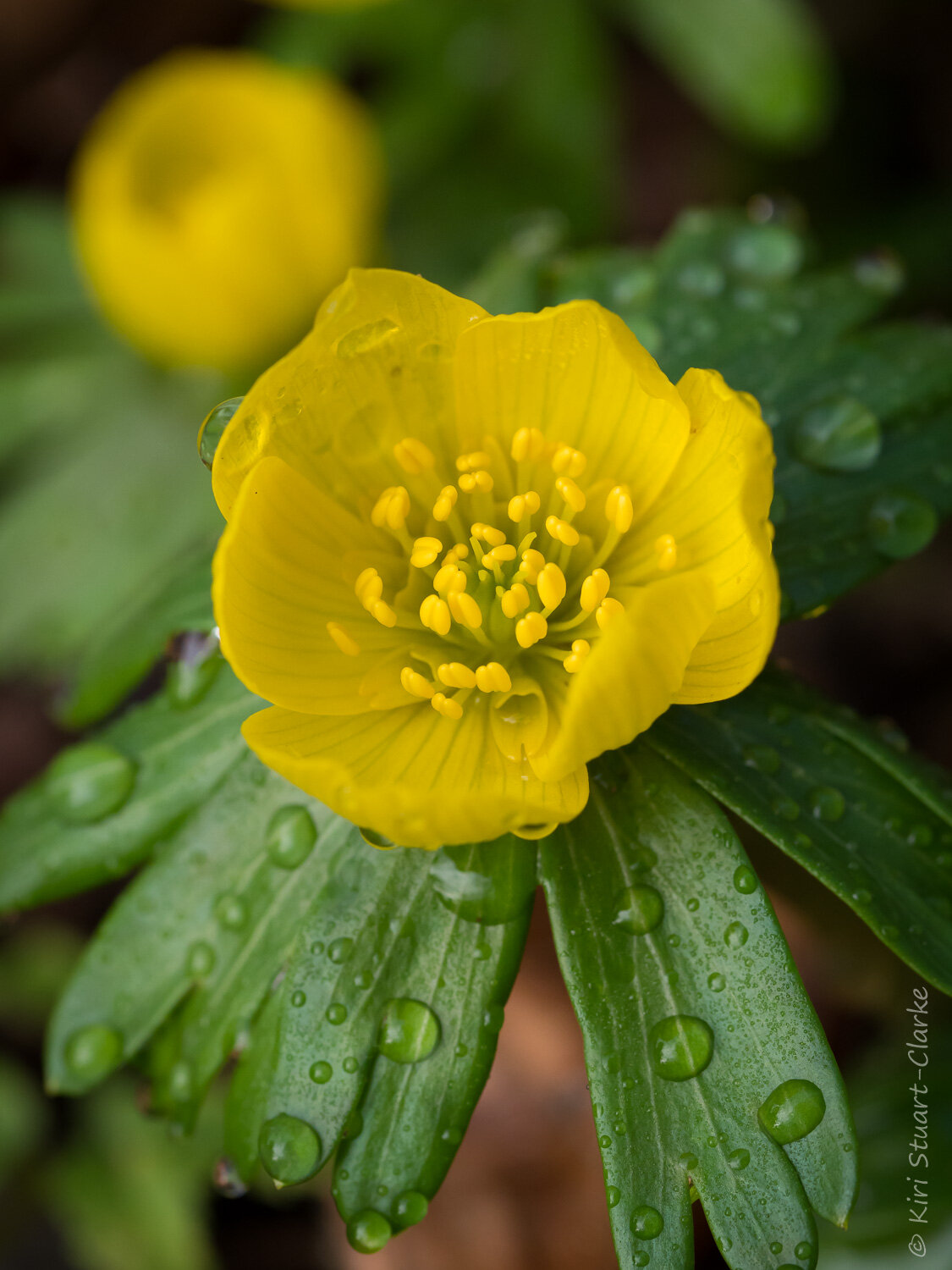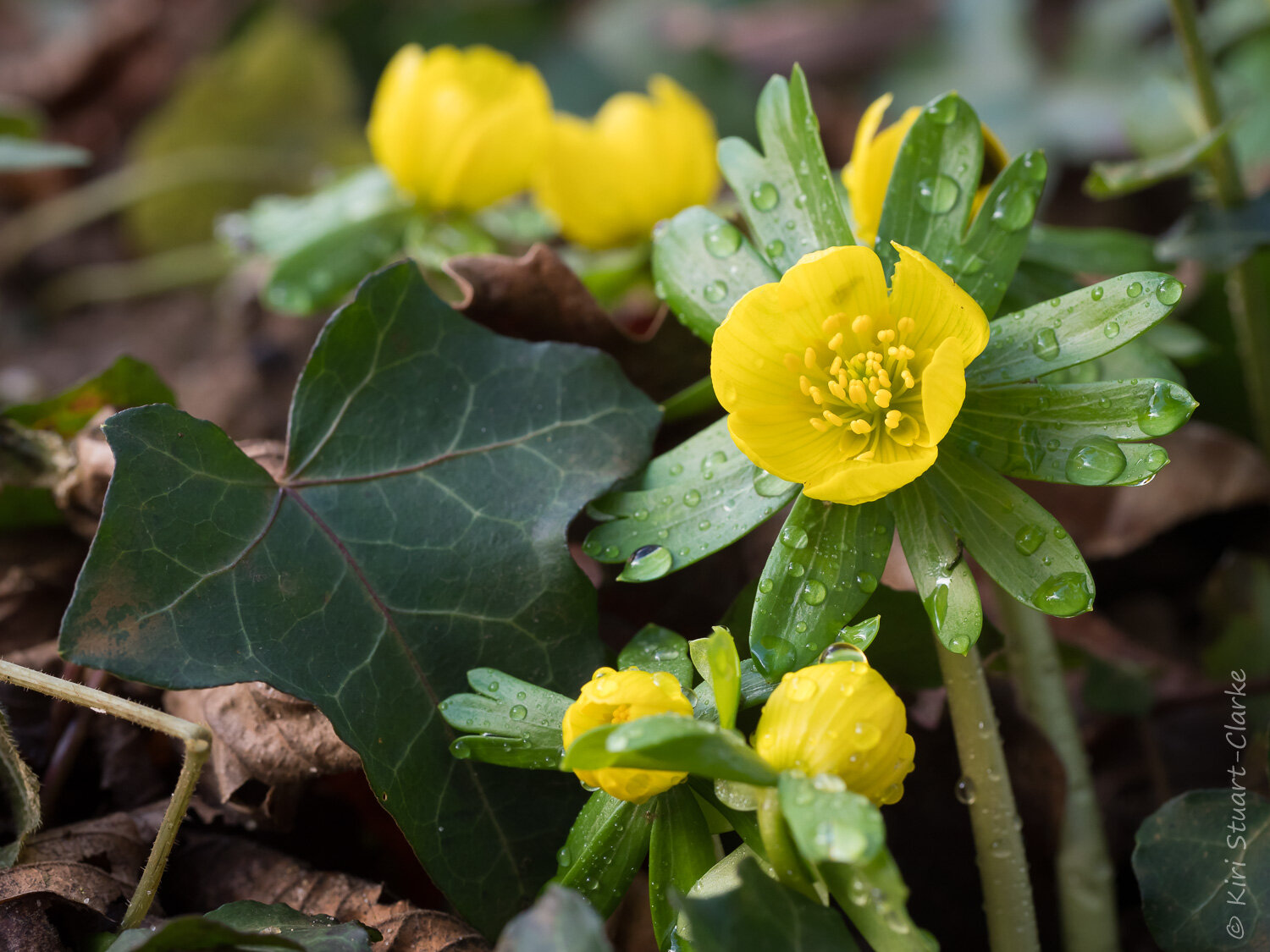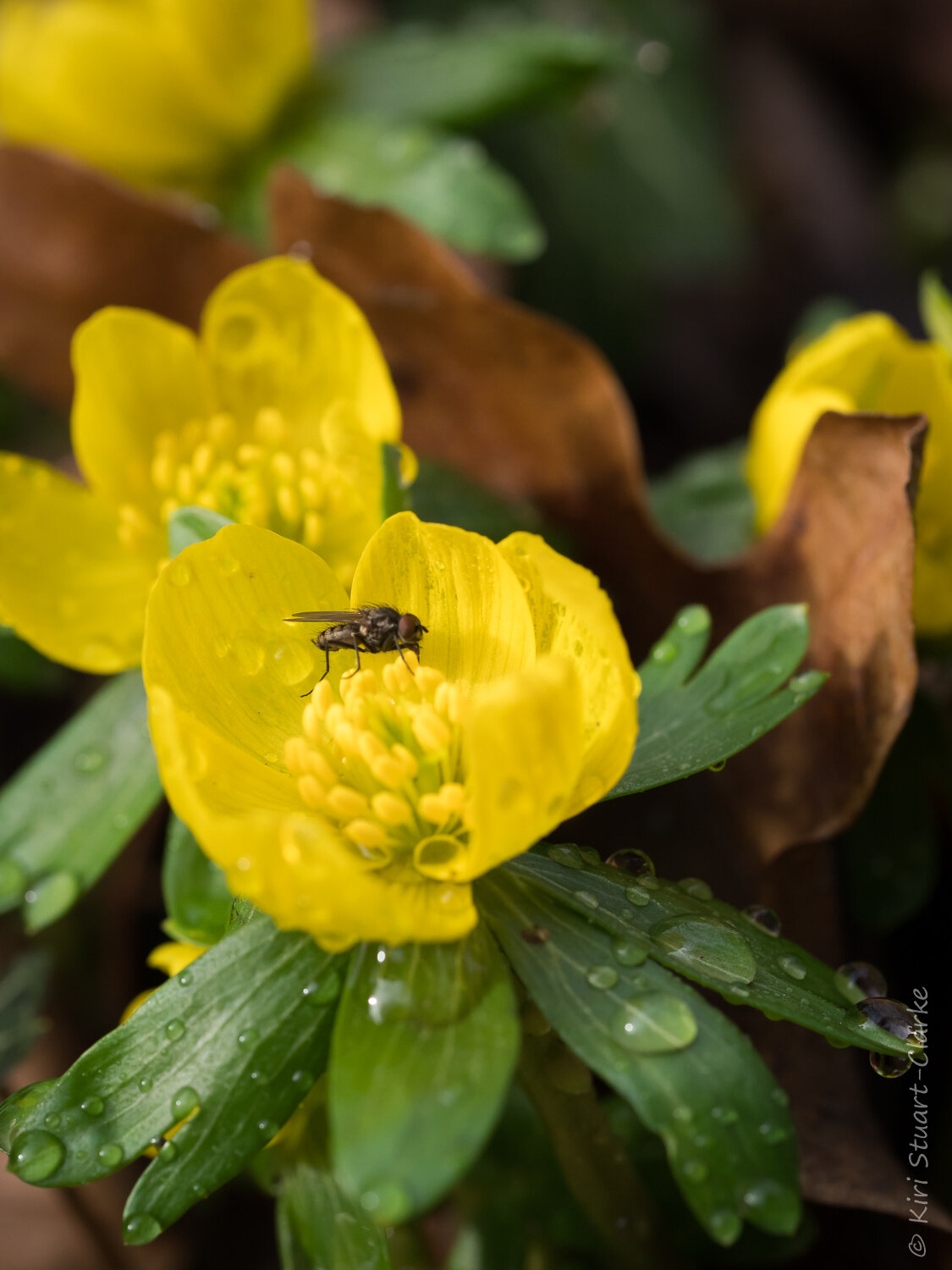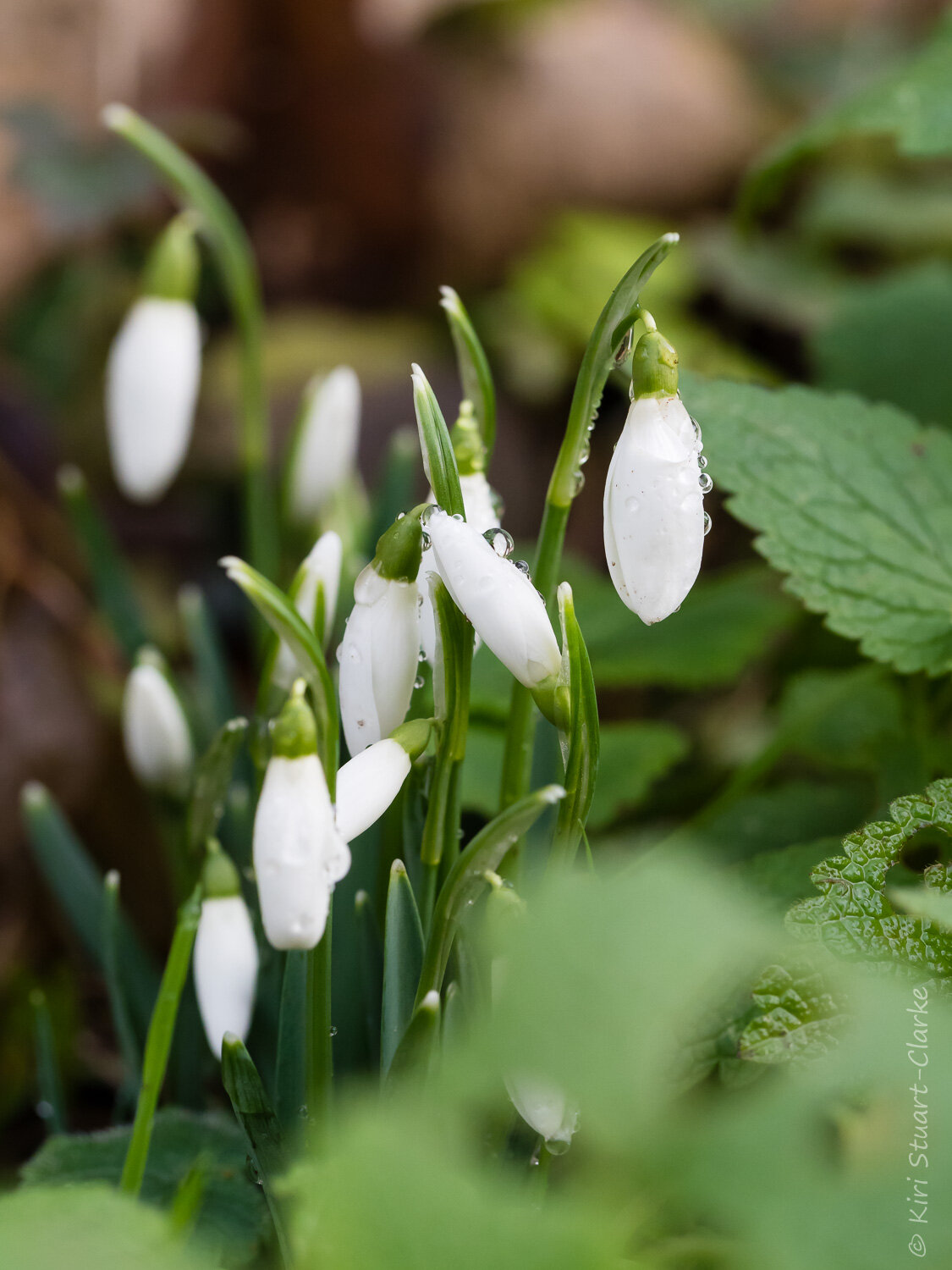There are about 20 species of Galanthus in all, with the name Galanthus nivalis stemming from the Greek gala and anthus "Milky flower" and the Latin nivalis meaning "Snow".
It spreads primarily by bulb division into a dense white carpet which can form uplifting winter displays and many parks and gardens where it is long established, such as West Lexham Estate and Walsingham Abbey in Norfolk, open annually to allow visitors to enjoy their beautiful displays.
Wildlife Value of Snowdrops
For our over-wintering wildlife, the sight of a Common Snowdrop is undoubtedly very lucky indeed and a massive boon at a time of great hardship and need. Their flowers provide a desperately needed source of nectar and pollen for early insects such as queen and solitary bees emerging from hibernation, as well as beetles and flies.
In addition, their seedpods, which contain protein-rich elaiosomes, are taken by ants and fed to their larvae in undergrouund tunnels. By so doing, the ants complete the circle of life by helping the Snowdrop plant’s seeds disperse and start new colonies nearby.
Is the Snowdrop a Native Flower?
Fond of damp woodland and watercourses, many people mistakenly believe that the Common Snowdrop is truly native to Britain or introduced in Roman times, as did I until I researched this article. In fact, Snowdrops were first recorded in John Gerard's 1597 edition of "Great Herball" and they were documented in the wild only in the late 1770's. It is now believed Galanthus nivalis were first introduced into gardens in the late 1500's from Europe, where their range spreads from the Pyrennees in the West to the Ukraine in the East.
The "Flower of Hope" grew in popularity around the time of the Crimean War (1853-1856) when many soldiers returned bringing with them a new larger variety of the spring bulb, Galanthus plicatus, the Crimean Snowdrop, which they had seen bravely covering the battlefields through the harsh Crimean winters to inspire hope and augur spring.
Our love affair with these delicate yet incredibly tough spring flowers continued to grow over the years and today Snowdrops are one of the most widely traded bulbs in the world.
